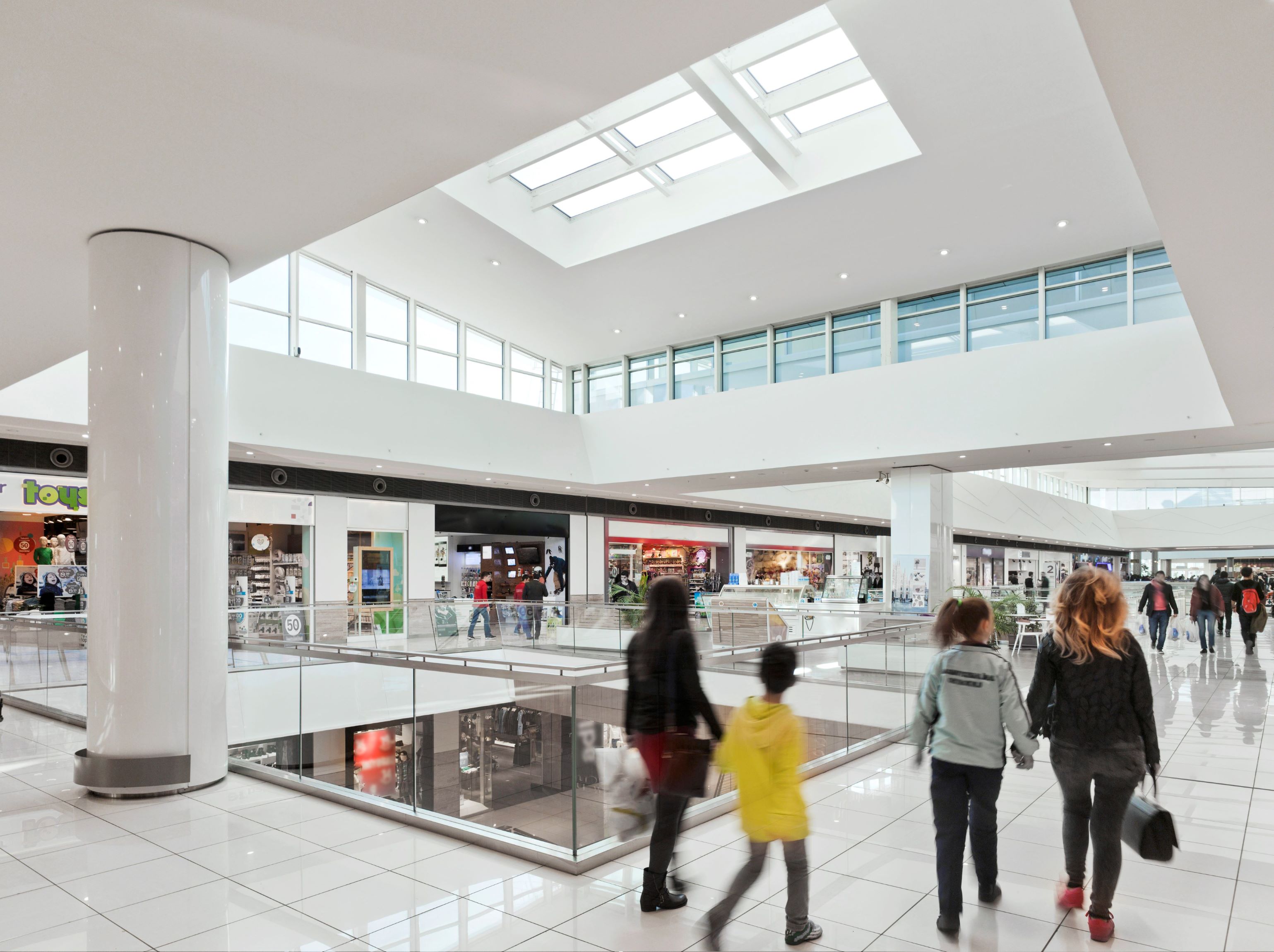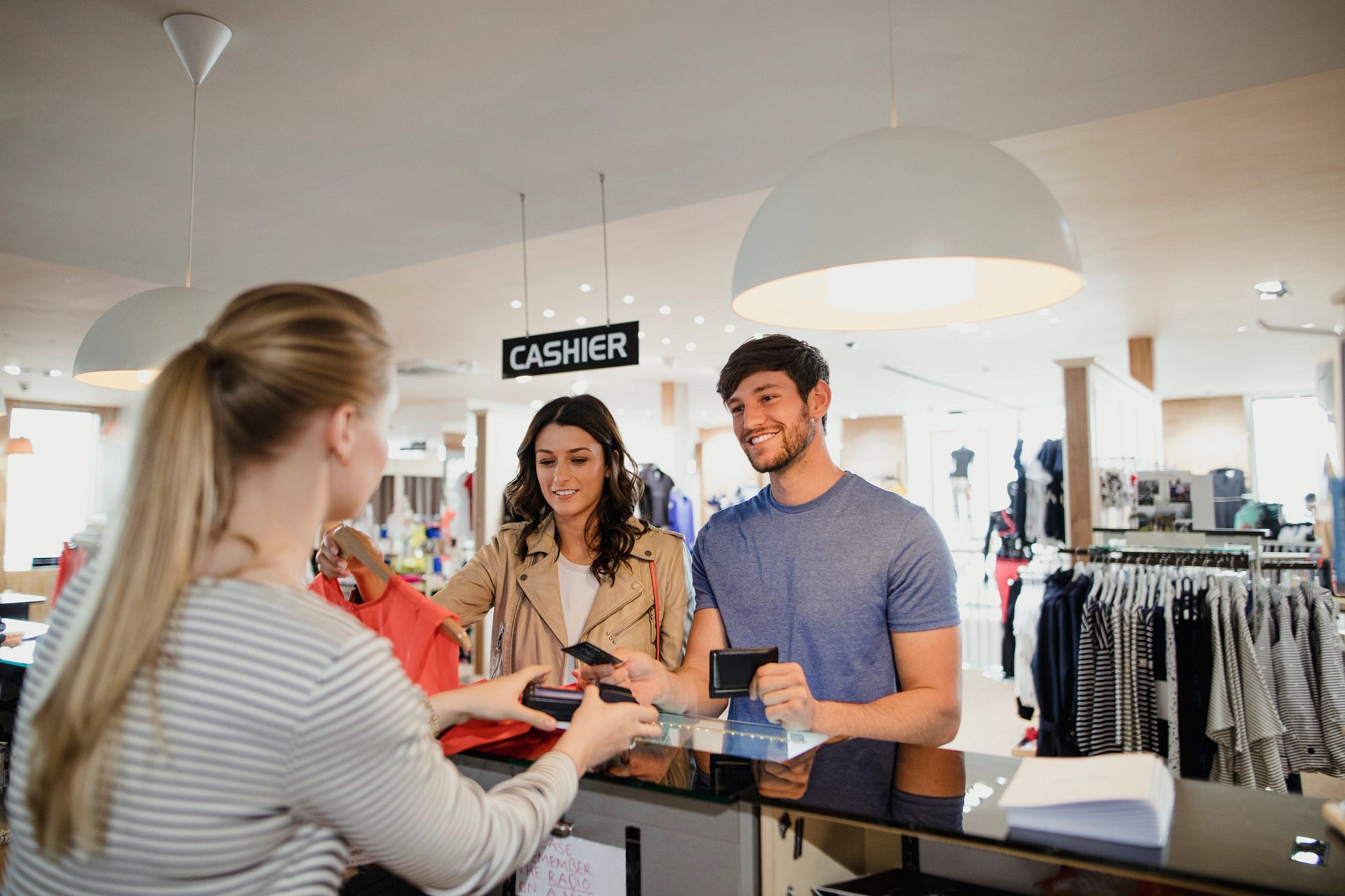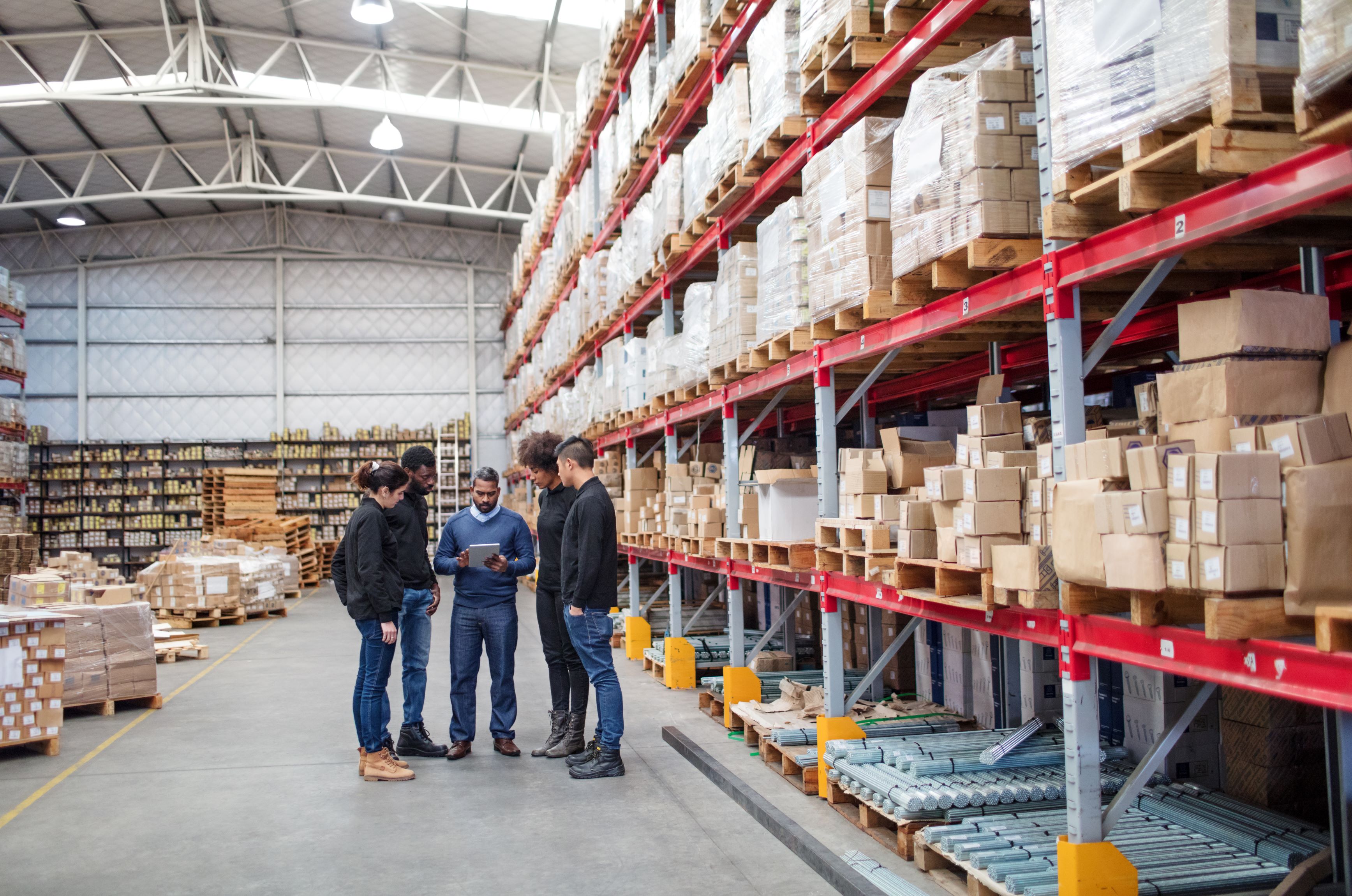Maximize your video analytics investment for retail
Ready to boost security and automation across your retail operations? Uncover the power of using video analytics and a decision management system.

The retail industry is going through a major transformation. While inventory shrink and loss prevention have always been on retailers’ minds, the 2022 National Retail Study found that organized retail crime incidents have increased by 26.5% and shrinkage is now considered a 100 billion dollar problem.
On top of that, many consumers have shifted to online shopping. While online retailers have all the metrics at their fingertips to see how and when buyers shop to incentivize more sales, brick-and-mortar retailers are looking for new ways to compete.
See how combining video analytics with a collaborative decision management system can maximize your team’s efficiency, and create safer stores with a better shopping experience.
What’s challenging retail loss prevention and operations teams?
Loss prevention teams are already juggling a lot. On a day-to-day, they’re using advanced technologies to identify instances of theft and robberies to respond quickly. Detecting these incidents early not only minimizes product shrink and losses, but more importantly, keeps employees and customers safe.
They're also monitoring building intrusions, secured store areas, and distribution center perimeters for trespassing. This includes everything from retail stores and back-of-house inventory rooms to large-scale distribution warehouses where products are moving in and out frequently. Some team members oversee the corporate headquarters, regional offices, and other administrative buildings, where some entirely different needs and issues arise.
And while security and loss prevention are critical to the retail business, ensuring customers have a smooth and enjoyable shopping experience is equally important.
During peak hours of retail stores, the occupancy can quickly reach maximum levels, and wait times in cashier lines get longer. Knowing when these occupancy levels are climbing can allow retailers to proactively add more staff to the floor to open more check-out lanes so they can deter theft and better serve customers.
What can video analytics detect in a retail environment?
Various video analytics solutions can help retailers better detect suspicious behaviors, track vehicles related to organized retail crime (ORC) groups, and even understand shopper preferences.
Video analytics can help loss prevention, operations, and managerial teams collect valuable insights which they can use to enhance safety, improve store layouts and cashier wait times, or incentivize shoppers to buy more.
Below are a few key examples of how video analytics can support retail teams:
Improved shopping experience in stores

Using video analytics such as crowd estimation or people counter, retailers are able to optimize operations and the customer experience. By tracking the number of people entering and exiting a store, they can see the busiest times and days and rework employee schedules to have more staff during busier periods. This can help people move in and out of the store with greater ease, making for a more pleasant and efficient shopping experience.
Crowd detection analytics are also very useful to see the density of people in specific areas of a store. Whether it’s checkout lines, service request areas, or certain aisles where product promotions are running, knowing where people are congregating can inform all kinds of decisions. These can include taking corrective actions such as opening additional checkout lines or changing the store layout prior to a promotion to facilitate accessibility.
Protection of perimeter and restricted areas
Using video analytics, retailers can detect when an individual or object enters a restricted area or attempts to breach a certain perimeter. This is especially useful in high-security areas such as distribution center perimeters and after-hours store intrusions. Video analytics can also provide real-time alerts to security personnel as soon as a potential breach is identified, so they can take action and maintain staff and employee safety.
Automatic license plate recognition (ALPR) technology can also be used at distribution warehouses to ensure only vehicles with scheduled delivery or pick-up slots are permitted to enter the property. This acts as another layer of perimeter security and can include operational perks too. Logistics teams can use this data to optimize delivery schedules to minimize delays at warehouse docks and keep track of suppliers who might regularly lack punctuality.
Directional control in warehouses

Directional flow analytics can serve many benefits for retailers. Warehouse managers can track and monitor the movement of warehouse forklifts and ensure that they are going into the right areas or directions. This can help improve warehouse efficiency by minimizing the time spent on rerouting cars that may have gone to the wrong location.
Video analytics can also help detect potential safety hazards, such as collisions or obstacles that may impede the movement of warehouse forklifts. They can also notify personnel when forklifts are parked in a no-go zone, or blocking emergency exists. By identifying these hazards in real-time, retailers can minimize the risk of accidents or delays, keep employees safer, and enhance health and safety compliance.
Vehicle detection in retail parking lots
Stopped vehicle detection analytics can add value to parking lots and ensure people can continue to enter and exit quickly. Retail security teams can receive notifications when vehicles have stopped in inconvenient areas which might be causing traffic congestion. As soon as the alarm gets triggered, store employees or security personnel can investigate by checking in with the customer to see if they need assistance.
Automatic license plate recognition is another great analytical tool to enhance retail operations and security. Collecting data on how many vehicles come in and out of a parking can lead to infrastructure improvements such as optimizing parking lot layout and the need for additional spaces.
ALPR technology can also be used to track wanted vehicles or known suspects that are associated with ORC groups. This can alert security personnel to potential thefts in progress and allow retailers to collaborate with law enforcement to build strong cases against possible suspects.
How do video analytics and a decision management system enhance retail operations?
Here’s the truth of the matter—while modern video analytics can assist with everything from detecting intrusions and potential theft to maximum occupancy levels and long lines, human intervention is still needed. Monitoring various analytics notifications and sorting through false alarms can become overwhelming for operators.
Investing in a decision management system alongside video analytics solutions can help your teams filter through all that noise and focus on incidents that need immediate action.
For instance, Genetec Mission Control™ is a collaborative decision management system that gives operators new levels of situational intelligence, visualization, and complete incident management capabilities. It does this by automatically analyzing all the data and alarms across your security and operational systems, and then pointing your operators to the most pressing situations.
The decision management system reduces operator stress and empowers them to handle any incident with ease and confidence. Here are a couple more examples of how video analytics and a decision management system can support your retail teams:
1. Enhance situational awareness: In the event of a security breach such as an intruder breaking into the store after hours, Mission Control will automatically alert your security personnel. They’ll receive an alarm with all associated information from video analytics, nearby cameras, intrusion points, and doors, so they can quickly see what’s going on. If they determine an actual threat is

underway, they’ll be guided through dynamic response procedures, so everything is handled quickly and in line with your company policies. A timely response to security threats is essential to lower the risks to customers and employees.
2. Leverage automation: Using Mission Control in combination with video analytics and other security systems can improve operations in big ways. This might be configuring the alerts to be sent to your team when you reach certain occupancy or congestion thresholds. Tracking the number of people in a store, or when crowds begin forming near check-out lanes means your staff can reallocate resources to accommodate demand.

They can also link their intercom system within Mission Control and pre-program announcements to inform customers about upcoming events, wait times, or special offers at the press of a button.
What are the limitations of video analytics in the retail industry?
Although using video analytics offers valuable insights and great benefits for retailers, there are a few limitations that should be considered:
Privacy concerns
Retailers gather vast amounts of customer data through video analytics. Because of this, there is a growing concern about how this data is used and who has access to it.
Implementing loss prevention and physical security technologies shouldn’t come at the expense of individual privacy. In the retail industry, strong privacy and data protection protocols are a must. Choosing solution providers who take privacy as seriously and who implement Privacy by Design in the development of their solutions can help retailers ensure personal data is always protected and secured. This helps maintain customer trust and compliance with privacy laws.
Technical expectations
While video analytics offers vast possibilities, they are not perfect. As discussed, retailers can automate routine tasks and processes, but human intervention is still needed when a security breach occurs or when operational improvements are identified.
While artificial intelligence techniques such as machine learning and deep learning are advancing the capabilities of analytics and making it easier to capitalize on these cutting-edge technologies, expectations must be realistic. There’s still much consideration, forethought, and development required before making decisions based off analytical recommendations.
Turn your pixels into business intelligence
There’s no question about it—the latest advances in video analytics are empowering retail stores to do more. Not only is video analytics giving loss prevention teams higher levels of automation and detection to identify instances of theft; but retailers can also use data to gain valuable insights into customer behavior. By optimizing store layouts and improving service, you can start driving up profits.
Combining analytics with a decision management system takes automation and efficiency to a whole new level. It gives retailers a cohesive flow of information to help their teams work smarter and deliver the best shopping experience, all while enhancing security and their bottom line.
